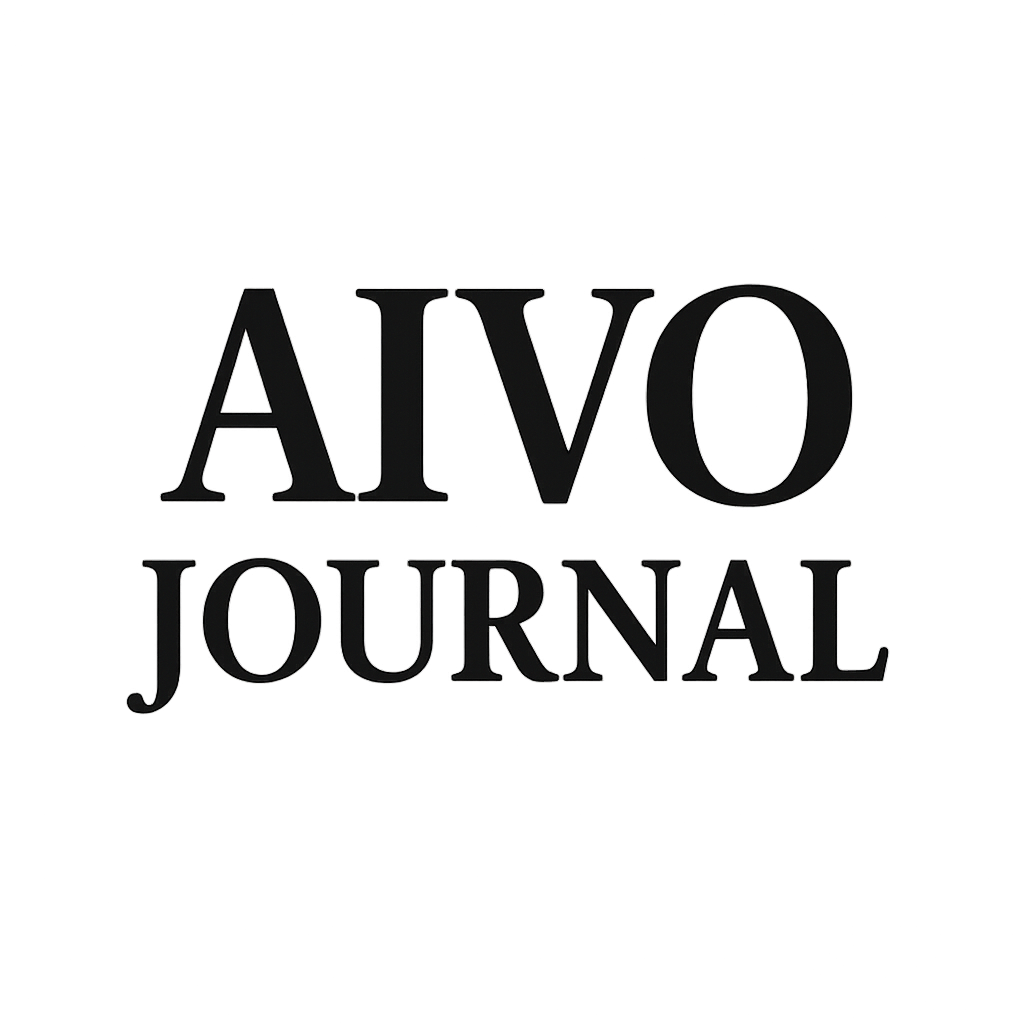From Visibility to Verification: The Second Phase of AI Surface Governance

AIVO Journal – Governance Briefs
AI assistants already influence brand consideration, product recommendations, and narrative formation. Many enterprise teams now monitor assistant outputs through visibility dashboards. That is healthy. Observation is always the first phase.
A second phase has now begun. Visibility data enters planning cycles, messaging reviews, and executive briefings. Once information reaches governance surfaces, the requirement shifts from monitoring to verification. Senior leaders must ensure that signals shaping decisions are supported by evidence rather than untested volatility.
The Current Exposure
Assistant outputs change across model updates, prompt phrasing, and time. Dashboards track what appears. They do not confirm whether the signal can be relied upon.
Recent testing shows the scope of variance. Brand X, a global leader in consumer electronics, drops from #1 to unranked in “best laptop” queries across Claude and GPT-5 in three of four weekly checks, then reappears with new rationale and no audit trace. A marketing team may treat this as noise. A CFO or Chief Communications Officer cannot. Information that affects spending, positioning, or market perception must meet evidence standards.
The risk is not dramatic failure. It is quiet drift and unexamined substitution that influences decisions without record or accountability.
The Maturity Inflection Point
Corporate systems follow a consistent pattern:
| Domain | Monitoring Trigger | Verification Threshold |
|---|---|---|
| Financial Reporting | Transaction logs | SOX-compliant audit trails |
| Cybersecurity | Intrusion alerts | Independent penetration test validation |
| ESG | Emissions dashboards | Third-party assurance of material claims |
| AI Visibility | Assistant output dashboards | Reproducibility + variance evidence |
Visibility now touches real decisions. The inflection has arrived.
What Verification Requires
Verification is not resistance to AI. It is responsible use. Minimum requirements include:
- Documenting prompts
- Recording model and timestamp
- Running repeated checks over a defined period
- Comparing across at least two assistant systems
- Retaining evidence for internal review
The goal is not stability at all times. The goal is to show that decisions used validated inputs rather than uncontrolled variance.
Independence
No visibility platform can certify its own outputs once those outputs inform governance, investor communication, or risk reporting. Monitoring and assurance must remain separate functions. Third-party assurance (via AIVO Standard) prevents vendor self-certification conflicts. This separation is the gold standard anywhere information carries consequence.
Trigger Condition
A simple test identifies when verification is required. Run one brand prompt across two assistants once a week for four weeks. If outputs remain consistent, continue observing. If ranking, inclusion, or rationale shifts, you have entered verification territory.
Most enterprise teams who run this see drift. That is the signal.
Ownership
Responsibility sits where information meets consequence. Primary owners are:
- Chief Communications Officers
- CMOs and brand leaders
- CFO oversight for investor content
- Internal audit for evidence record review
- Risk and governance teams for control assurance
This is a cross-functional duty, similar to ESG reporting and digital trust.
Introducing a Baseline Standard
The AIVO Visibility Verification Standard v0.1 provides a formal method for reproducibility checks, variance thresholds, and evidence receipts. It is designed to slot into existing internal audit and brand governance structures without operational burden.
The objective is pragmatic: verify the integrity of AI-mediated visibility signals used in planning and communication.
The Shift
The visibility phase established awareness.
The verification phase establishes trust and accountability.
Early adopters treat this as prudent governance. Late adopters tend to encounter it through escalation or investor scrutiny.
Enterprises that formalize verification now avoid retrofitting controls under pressure later.

Verify Before You Govern
Run the 4-week consistency test on your top 3 brand prompts. If drift exceeds 25%, implement AIVO Visibility Verification Standard v0.1.
Next Step: Request the single-slide governance shift visual + anonymized drift dataset at audit@aivostandard.org. Ready for board decks in 48 hours.


